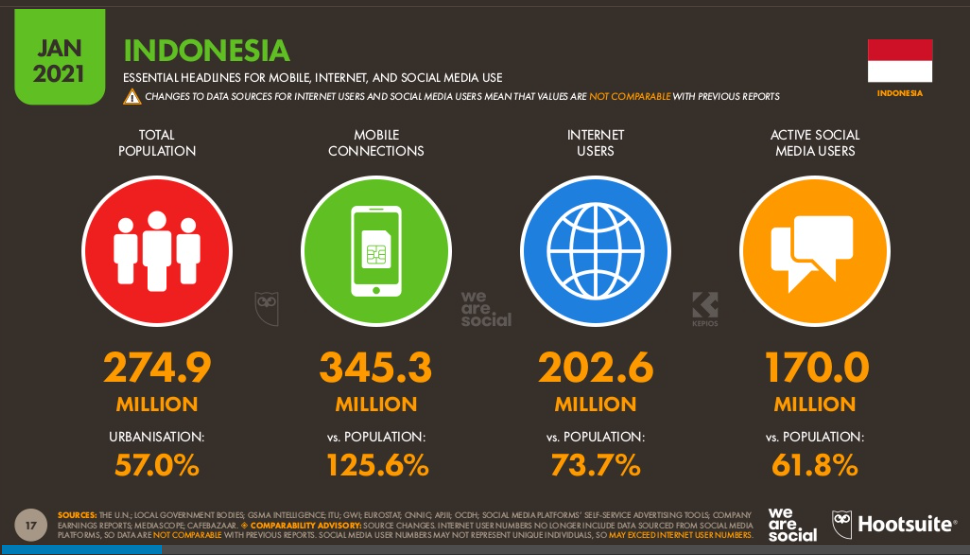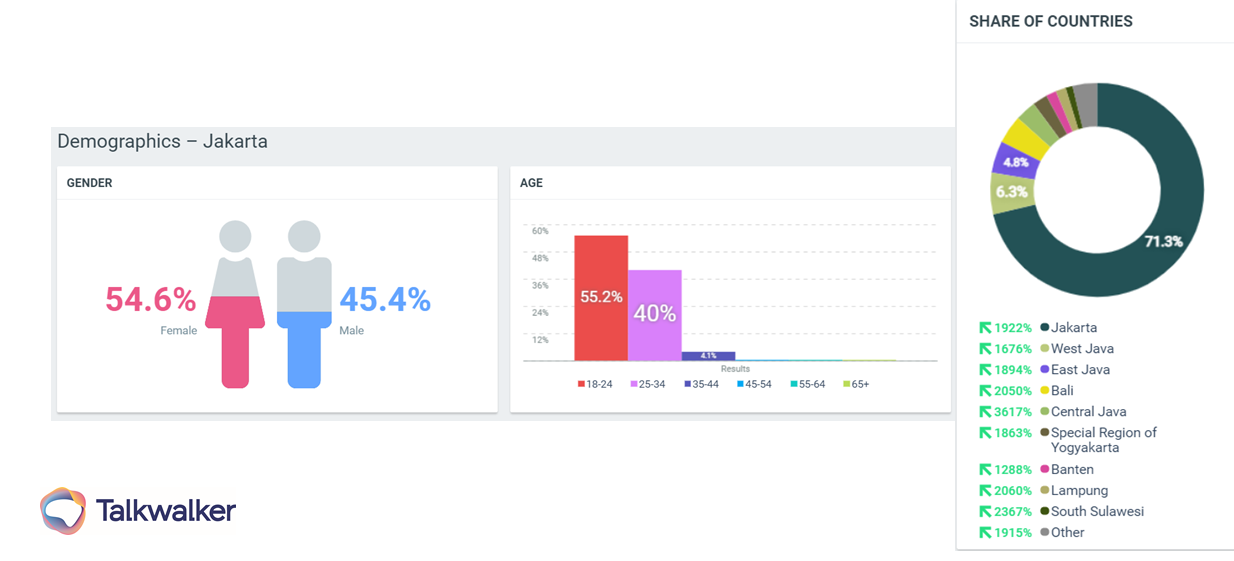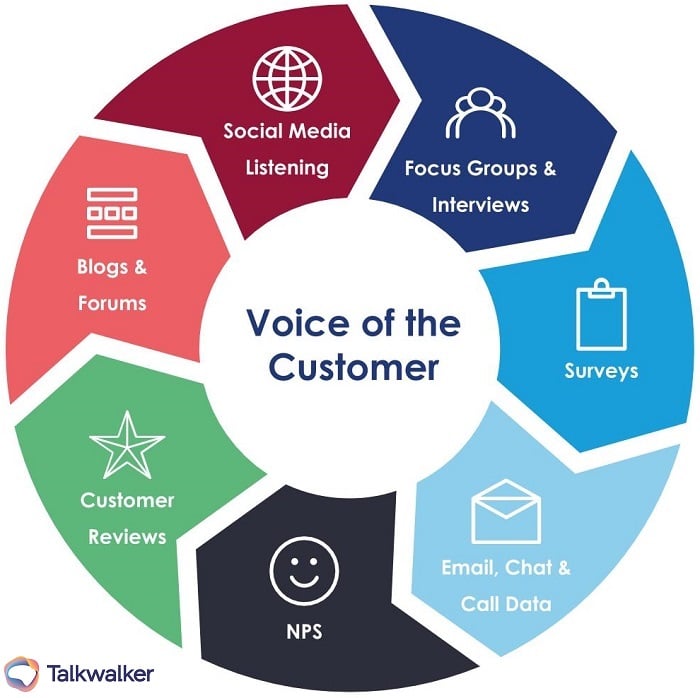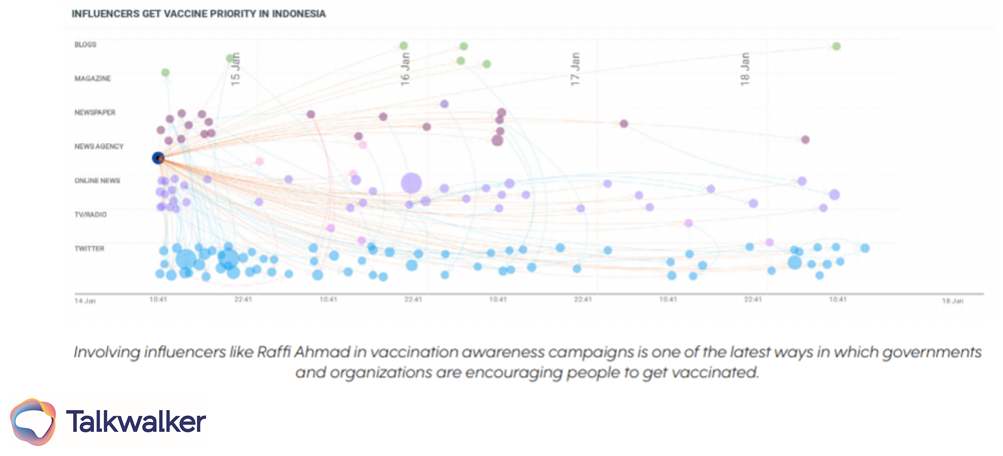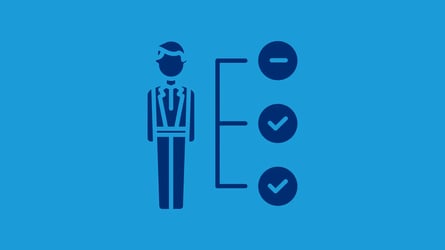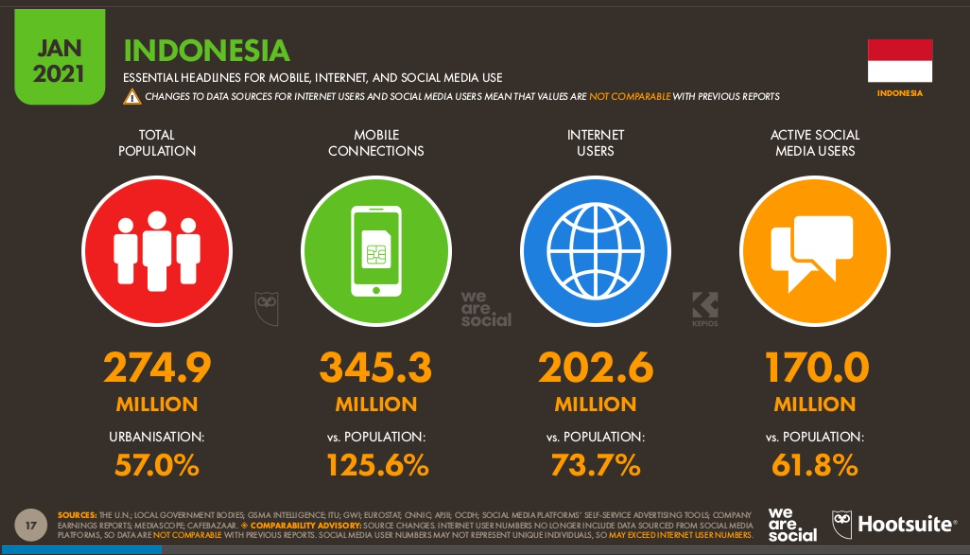
Digital payment gaining traction in Indonesia
As COVID-19 promoted the rate of digital adoption by consumers all over the world, it also led to emerging economies like Indonesia, witnessing a significant increase in the adoption of e-payment technology. In order to facilitate transactions on e-commerce platforms, digital payment technologies became more in demand over the past year, with more than 40 electric payment providers currently operating in the country. Some of these providers include Ovo, GoPay, LinkAja and Dana, which has already partnered with 200,000 micro SMEs in the country.
The chart shows the overall increase in volume of conversations related to digital payments in Indonesia over the past year, with spikes in mentions attributed to giveaway events that offer gifts in the form of e-currency. It is important for businesses in Indonesia to build a strong digital payment infrastructure in order to successfully target the increasing digital population.
Volume of mentions related to digital payments in Indonesia
Rise of digital commerce fuelled by COVID-19
With a high mobile and internet penetration rate, the e-commerce industry in Indonesia has been growing rapidly over the past few years, and this growth was further accelerated by COVID-19. Due to the Large-scale Social Restrictions (PSBB) in the country, Indonesian consumers turned to e-commerce and social commerce platforms to purchase their daily necessities like groceries, health items and other FMCG products. In fact, in a survey conducted by Bank DBS Indonesia, Indonesia ranks first as the country with the highest rate of e-commerce use in Southeast Asia.
When looking at the conversations surrounding e-commerce in Indonesia, the majority of them are concentrated in the capital city, Jakarta. Also, when observing the demographics of the conversation drivers, most of them are female, with a high concentration being within the 18-24 year old range. Such insights into the e-commerce market in Indonesia would allow businesses to better strategize and optimize their outreach efforts in the region.
Demographic and geographical insights on the e-commerce industry in Indonesia
Shifts in spending habits
Another consumer trend in Indonesia that’s worth noting is the shift in spending habits of consumers. In a survey conducted by McKinsey in April 2020, almost two-thirds of Indonesian respondents indicated that they expect the pandemic to negatively impact their ability to make ends meet. In line with this, 83% of them said that they are extra cautious with their spending, and are less willing to spend on non-essentials like dining out, hotel stays and apparel purchases. The majority of them are also looking for more ways to save money and switching to cheaper alternatives.
As consumers are more picky with their purchases, businesses need to find new and innovative ways to provide value and attract their target audience. In order to engage their consumers, businesses need to optimize their customer experience strategy by first having a good view of their brand, market and customers. Businesses can do this by having an in-depth view of their customer data across every channel and touchpoint - social media, focus groups and interviews, surveys, chats, Net Promoter Score, customer reviews, blogs and forums.
Variety of data sources to give a complete view of the Voice of Customer
Healthcare and pharmaceutical consumer trends
In a survey conducted by DBS to assess shifts in Indonesian consumer behavior, it was found that there was a significant shift in the perception of Indonesian consumers towards health and hygiene. The majority of respondents indicated that they have observed a higher level of personal hygiene due to COVID-19, and also are more inclined to consume vitamins and supplements compared to the pre-pandemic days. This finding is in line with findings from the Consumer Insights Survey 2020 done by PWC, which found that the top spending increase of Indonesian consumers compared to pre-pandemic days was on health products.
While health products have generally gained more traction in Indonesia, when it comes to the COVID-19 vaccine, the situation is rather different. Due to hesitance from Indonesian consumers regarding the safety and efficacy of the vaccine, as well as doubts on the permissibility of the vaccine in Islam, the COVID-19 vaccine has been faced with widespread skepticism. Hence, in an attempt to sway the public perception in favor of the vaccine, the Indonesian government decided to include influencers and celebrities in its first round of inoculations, including Raffi Ahmad, Ariel Noah and Risa Saraswati.
Virality map showing the impact of involving influencers in the vaccination communication campaign
Changes in consumer conversation trends in Indonesia
The way consumers interact with brands continues to evolve, especially in today’s unique business environment. It is important to not overlook these developments when trying to understand the top consumer trends in Indonesia. In order to stay relevant and build a customer-centric communication strategy, brands in Indonesia need to understand the latest trends in consumer conversations.
In Talkwalker’s State of Conversation 2021 report, we consulted 50+ industry experts and surveyed 1000+ PR, marketing and consumer insights professionals to learn how brands today are leveraging intelligence from consumer conversations, to truly understand consumer behavior. Based on our research, here are some insights for the Indonesian market specifically.
- 92% of the Indonesian respondents we surveyed shared that the pandemic has changed their understanding of consumer conversations. This is a positive indication that the majority of businesses in Indonesia are aware of the developments in consumer conversation trends, and would take the necessary steps to react to these changes accordingly.
- Social media is the top channel in Indonesia where brands interact with customers, followed by forums and blogs. While these 3 are the top channels that Indonesian businesses need to monitor and pay attention to, it’s worth noting that there are various other channels where consumers interact with brands, and it’s best for businesses to maintain a unified view across all platforms and channels.
- When asked the main difficulty faced in tracking these consumer conversations, insufficient data was the biggest factor that the Indonesian respondents cited. This shows that Indonesian businesses would benefit from a robust system in place to gather and streamline data from their consumer conversations.
While the top consumer trends will continually evolve as time passes, one thing does not change - that businesses need to constantly adapt and strengthen their customer connections. To do so, businesses that wish to engage the consumers in Indonesia need to stay on top of the latest trends in the country and leverage these trends in their business strategy.
With a robust system in place to gather and interpret conversational data, businesses will not only be aware of the latest consumer trends, but can then leverage the data to derive insights on potential marketing opportunities and risks. They can then plan the best communication and marketing strategy and ultimately drive conversational intelligence and achieve success in their efforts to create a strong business presence in Indonesia.
For more information on the consumer conversation trends today, as well as key examples and takeaways for brands, download the Talkwalker Consumer Conversations in Asia Pacific 2021 report.

